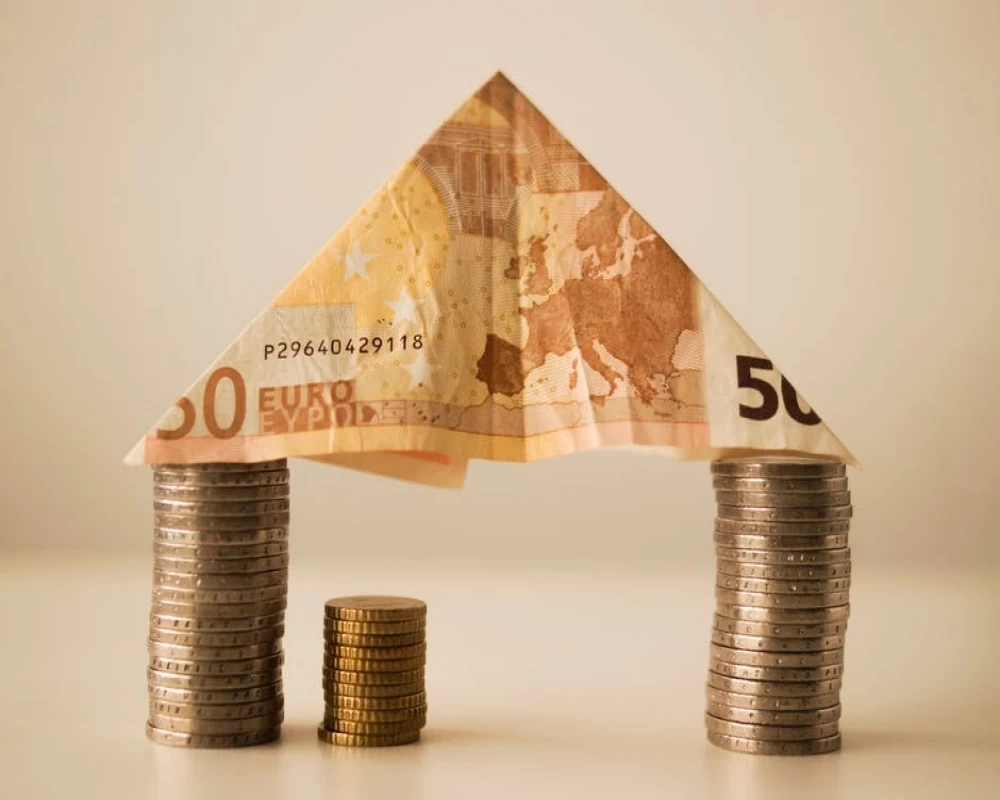5 cities with the highest cross border real estate activity in 2018

Asian investors are the largest group snapping up foreign property according to research. But in which cities are they investing? And why?
As more people's attention is being drawn to real estate as an asset class, a larger number of people are seeking out foreign property. 2017 saw a large number of Asian investors enter the market sweeping up properties from the US to Canada straight to France. Recently, contrary to expectations, their attention is being drawn to residential and commercial properties in London, UK.
Propertywire's first quarter of 2018 stats https://www.propertywire.com/news/global-news/londons-commercial-property-market-top-draw-international-buyers/ reveal that overall about 5.6 billion pounds of foreign money was invested in London, with Asian investors contributing about 4.4 billion pounds or 65% of the total investments. The next highest was Hong Kong at 5 billion with Paris following from behind at 1.9 billion pounds.
If you're looking to invest in real estate, one of the major factors you would need to consider is liquidity. Based on liquidity, these are the top performing cities for cross-border real estate investing in 2018. This is indirectly influenced by population growth, employment growth and usually followed by an increase in home values or strong rental yield.
• New York, USA: Brooklyn and Manhattan are two of New York's favorite hot spots for foreign real estate investors. The activity of Chinese, Russian and Middle Eastern real estate investors, paying cash on high-end properties has consistently driven New York City’s real estate price upwards. With a population growth that hasn't slowed down, New York City real estate not only offers liquidity but stability for real estate investors.
• London, UK: Despite Brexit, London leads the way as a favorite for foreign real estate capital. In the aftermath of Brexit, the attention to both London's commercial and residential real estate has been largely driven by a weaker pound and more affordable housing. Foreign real estate activity in London is largely funded by equity funds, institutional investments, and private capital. Units in the mid-range segments have been most popular among buyers. Presently, though, the government is setting tax constraints on foreign real estate investing as the cost of home ownership increases.
• Hong Kong, China: In 2017, Hong Kong was named the "most luxurious" prime housing market for the second year running by Christie's real estate https://www.christiesrealestate.com/eng/sales/hkg . Hong Kong's housing market has shown little cooling with 4.4 billion pounds of foreign money spent by foreign investors in 2018 first quarter. The heated market in Hong Kong, as experts pinpointed, is a major reason for increased residential housing prices all through China.
• Paris, France: The French economy is seeing a boom with the number of foreign investment activity reaching a 10 year high last year. The French economy exceeded expectations with a 2.2% growth, a large number of jobs created and strong real estate activity. Also with fairly stable mortgage rates, many investors are picking up properties in Paris and Bordeaux. Beyond 2018, analysts speculate the South of France will experience a strong housing demand.
• Los Angeles, CA: Los Angeles may soon replace Hong Kong as the no 1 most expensive city for expats. Currently, the average price of a luxury property in Los Angeles is $2.5 million. With population growth, increasing disposable income and a thriving tech sector, Los Angeles real estate offer stability and liquidity for investors. However, housing is in short supply. A situation leading to soaring house prices. With population growth and a great economy, Los Angeles is a great option for single-family investors seeking high rental yield.




